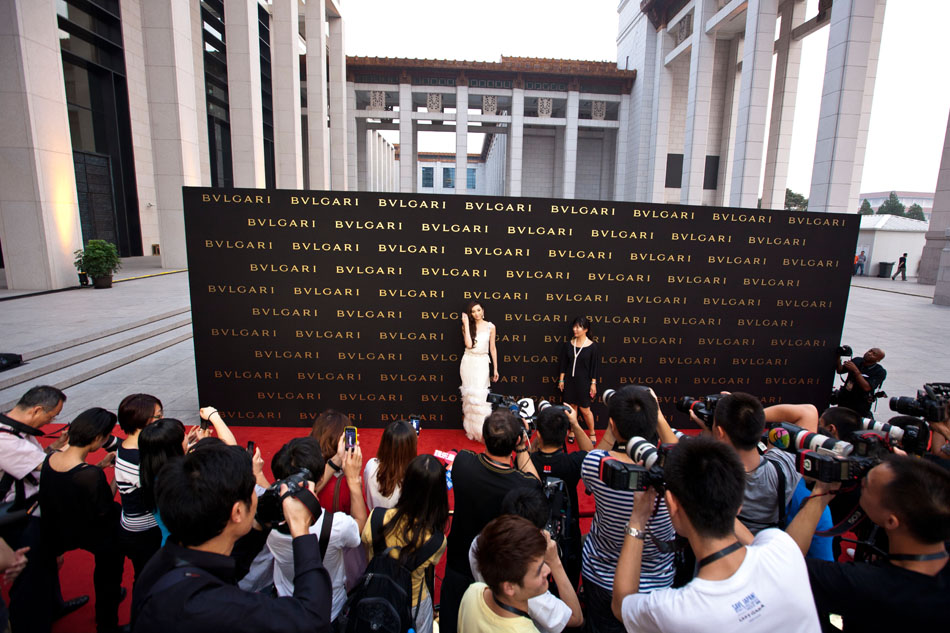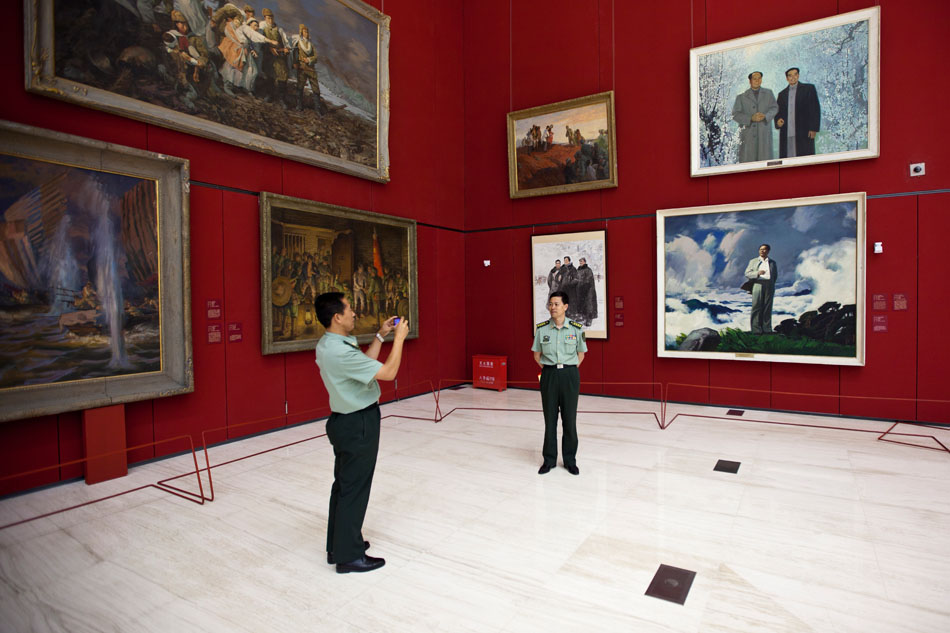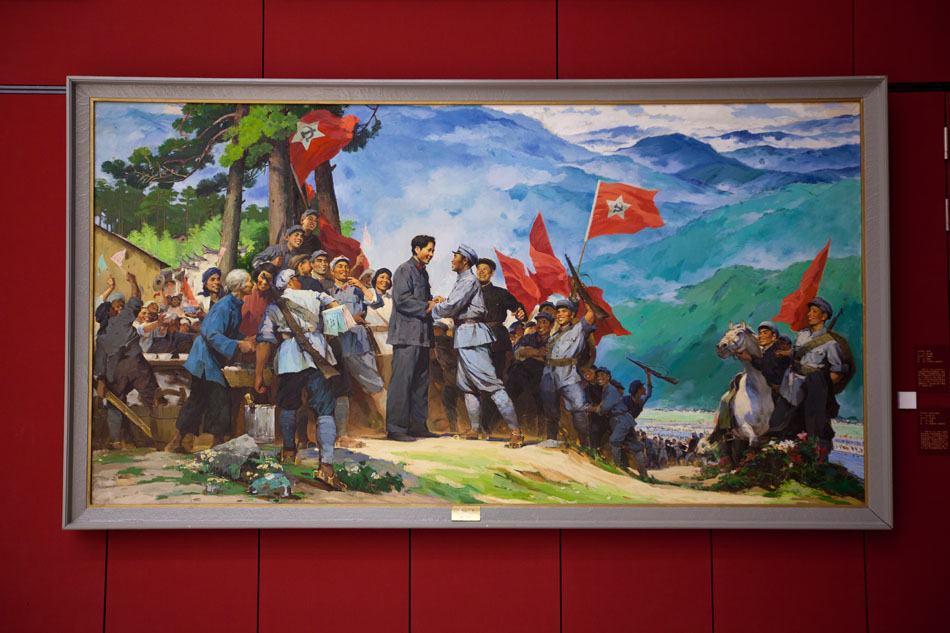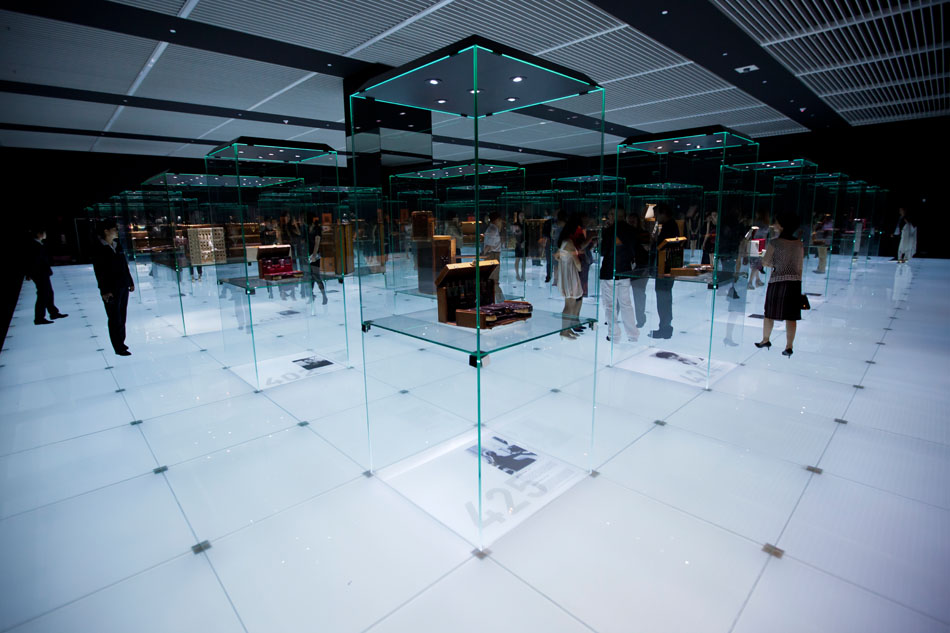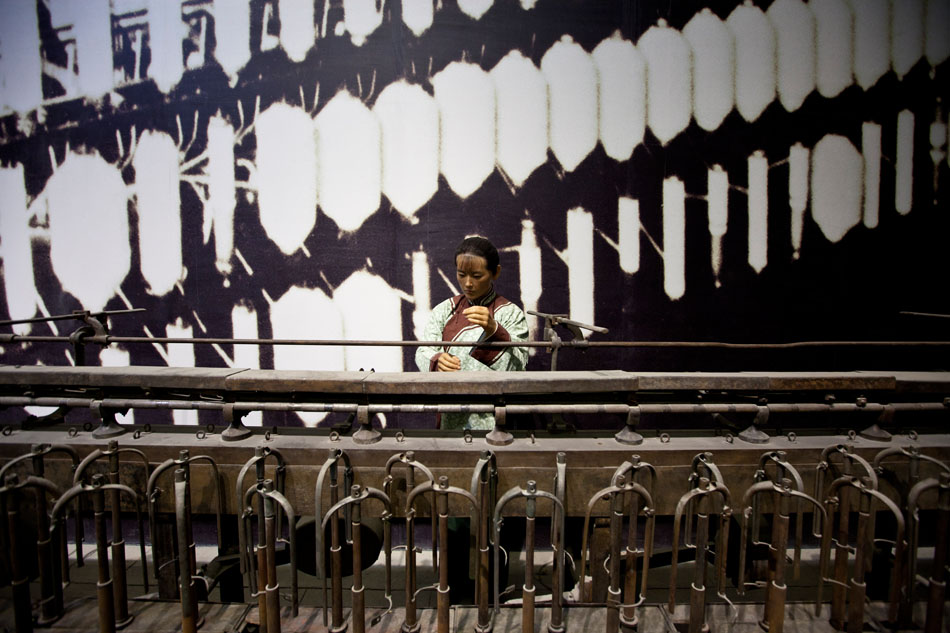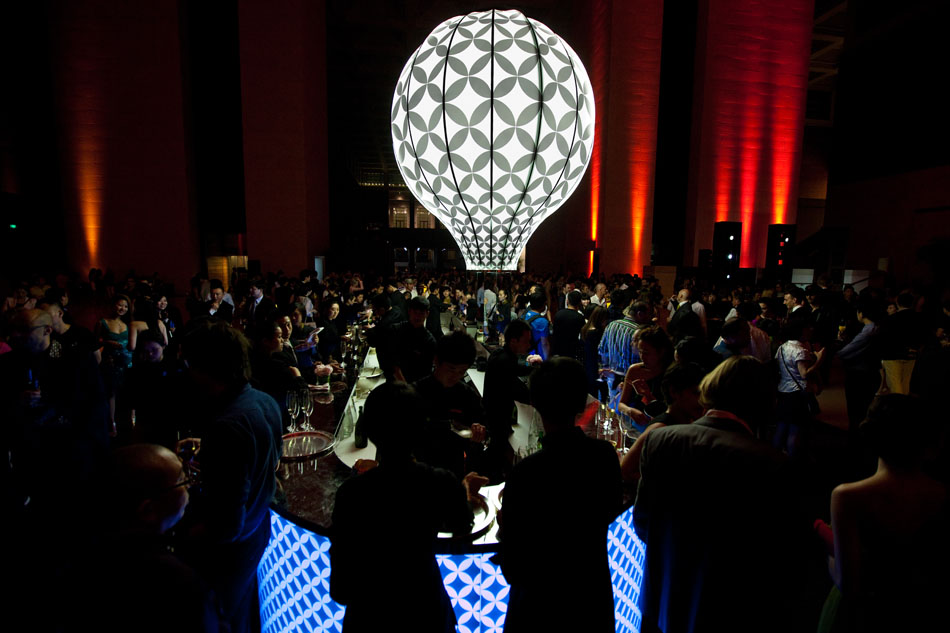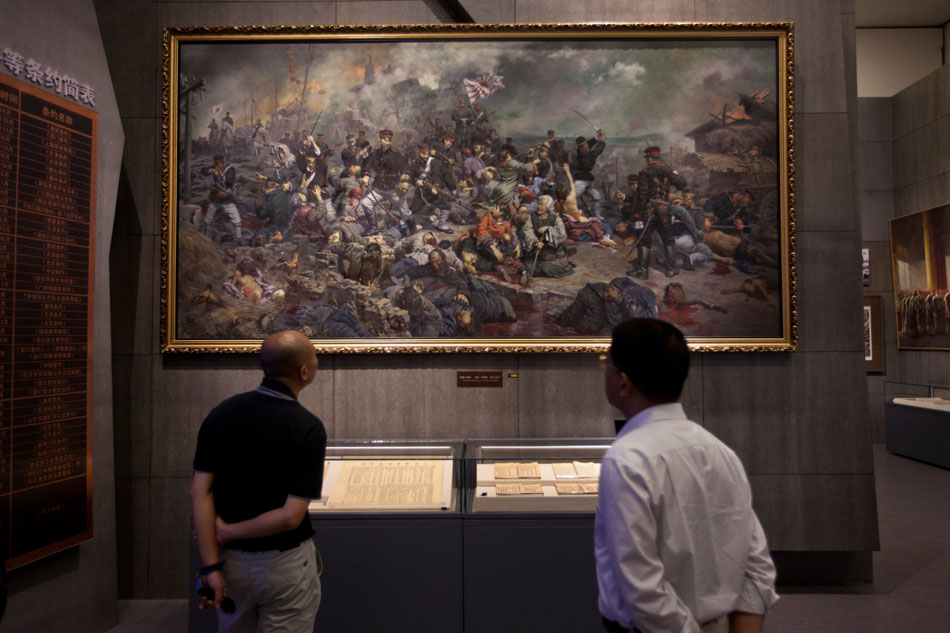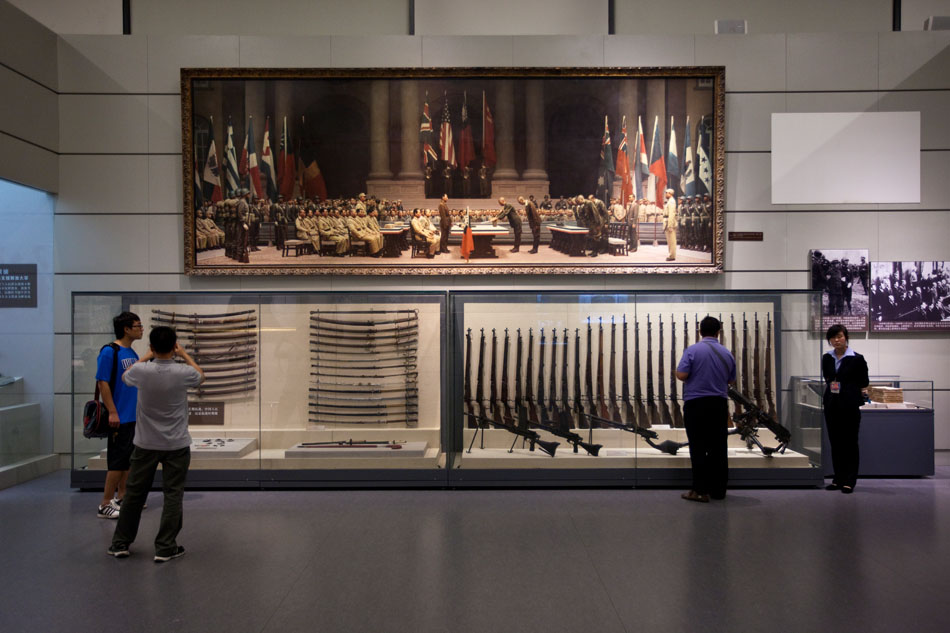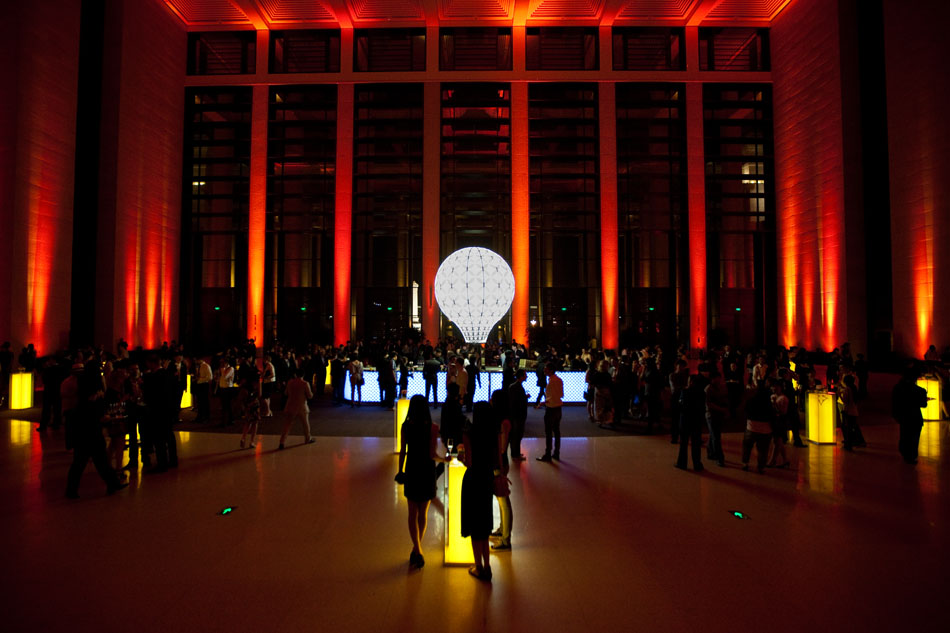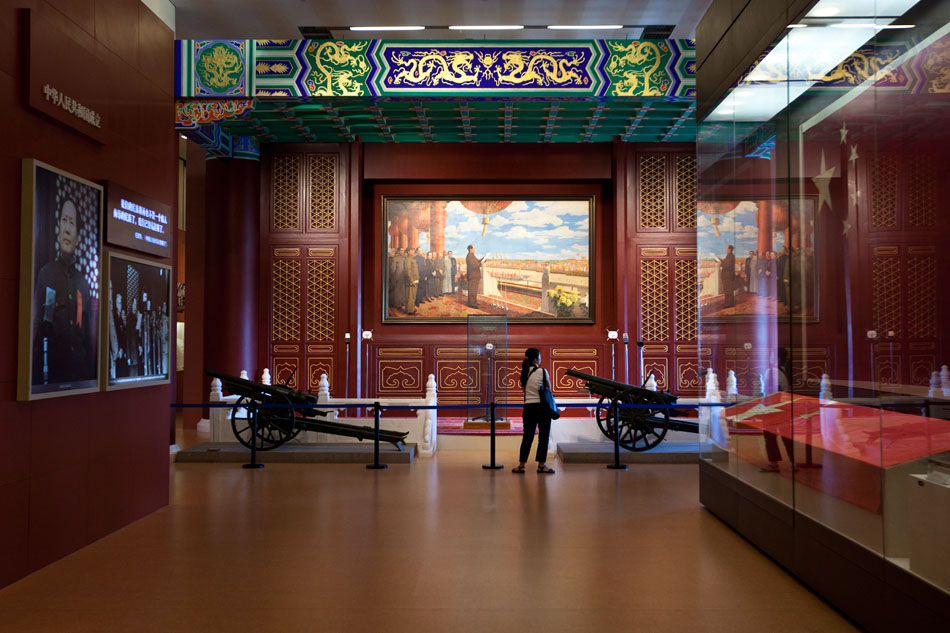After a four-year, $380 million refurbishment, the National Museum of China finally opened its doors to the public as the largest exhibition space on the planet, beating out both the Louvre in Paris and the Hermitage in St. Petersburg. Even though now touted as one of the world’s premiere cultural institutions, it has failed to impress either international or domestic visitors with it’s shrill depiction of the history of the Chinese Communist Party in its centerpiece “The Road of Rejuvenation” exhibition. Key epochs such as the Great Leap Forward and Cultural Revolution are left out of its glossy displays and poorly translated placards. Still, such a propagandistic history of modern China was expected in the first place. What really shocked many visitors was the blatant commercialization of the National Museum of China within its first two design exhibitions: “Louis Vuitton Voyages” and “Bulgari: 125 Years of Italian Magnificence.” Museum directors claim such exhibitions are revitalizing interest in the space, but it is more a sellout at the heart of the nation a stone’s throw from Mao Zedong’s tomb. Critics remain baffled as to how such a key cultural institution could blatantly promote such crass consumerism, especially surrounding the 90th anniversary of the Chinese Communist Party which was also linked to an exhibition of historical paintings adjacent to vintage Louis Vuitton trunks and sparkling Bulgari jewels. Such opulent items stand counter to the core ideologies of the founding fathers of the Chinese Communist Party celebrated a short distance away, as well as the core mission of the museum itself that is purportedly dedicated to promoting Chinese culture instead of foreign luxury brands. These photographs juxtapose the “The Road of Rejuvenation” and “Masterpieces of Modern Chinese Fine Arts” exhibitions advocating the socialist roots of the Chinese Communist Party with the champagne-fueled openings of the “Louis Vuitton Voyages” and “Bulgari: 125 Years of Italian Magnificence” exhibitions. Such paradoxes stand at the center of the Chinese Communist Party’s attempts to rectify its embrace of rampant free-market consumerism with its socialist heritage.
Selling Out History: China’s National Museum of Luxury
October 30, 2011
